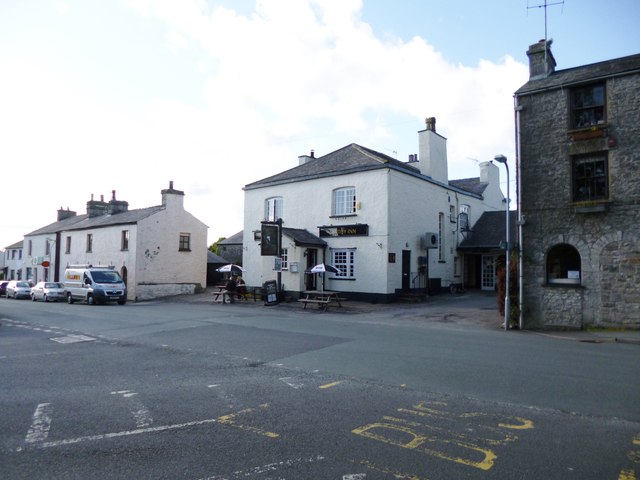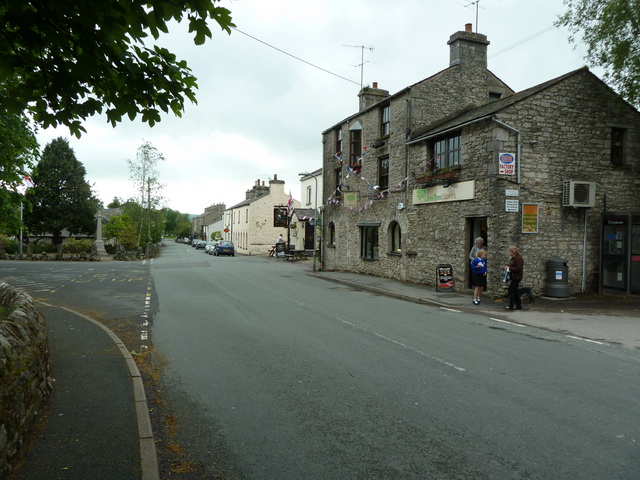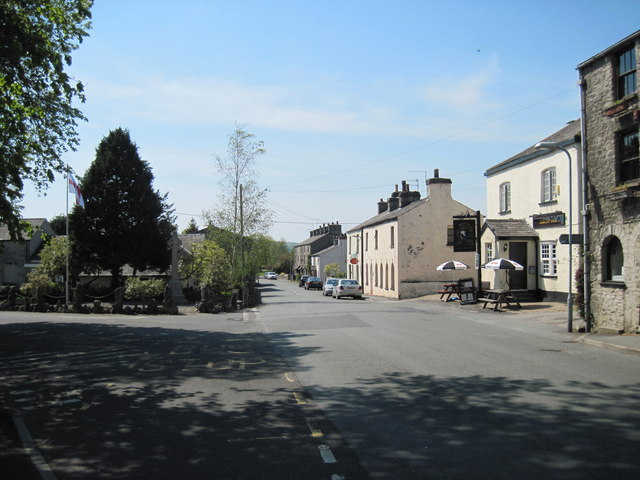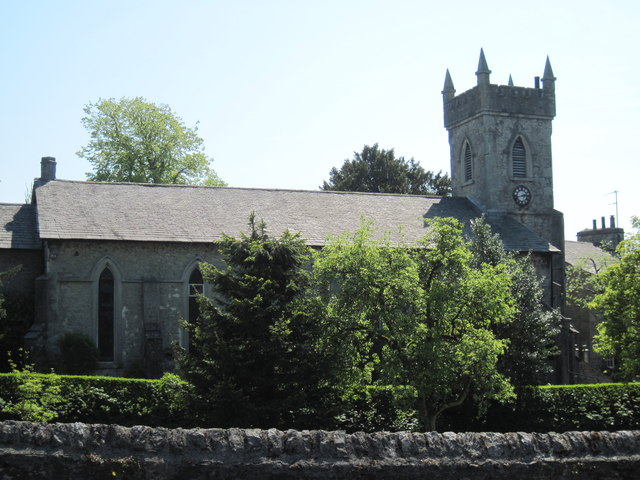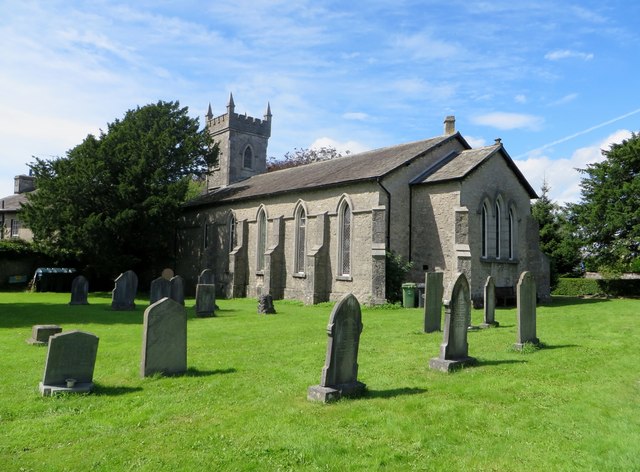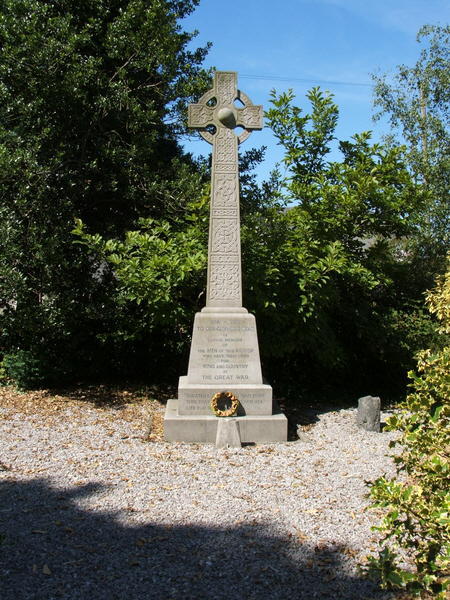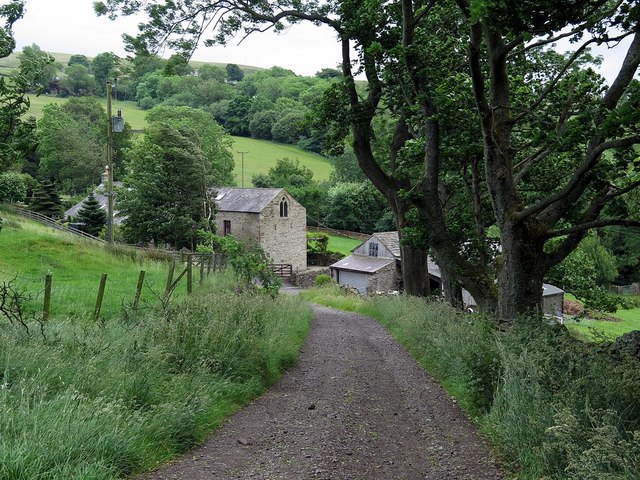Holme
HOLME, a township, in the parish of Burton-in-Kendal, union of Kendal, Lonsdale ward, county of Westmorland, 1¾ mile (N. by W.) from Burton; containing 952 inhabitants. The manor anciently belonged to two lords, Preston and Tinsdal, from whom it passed to the family of Charteris. The township comprises 1,617a., of which the surface is undulated, the scenery beautiful, and the soil various. It lies on the road from Burton to Kendal; the Lancaster and Kendal canal passes through, and there is a station on the Lancaster and Carlisle railway. Here are excellent limestone-quarries. Messrs. Waithman and Company have extensive flax-spinning, weaving, and bleaching mills, established in 1790, and since considerably enlarged; the works are propelled by steam and water power equal to 140 horses, and employ 650 persons. A district church dedicated to the Holy Trinity, was built in 1839; it is in the early English style, with a tower, and cost £750. The living is a perpetual curacy, in the patronage of the Vicar of Burton; net income, £120, with a house. A national school, built in 1837, is supported by subscription. Military weapons, relics of the encampment of the Scotch rebels who rested here in 1745, on their march to Preston, have been discovered.
Extract from: A Topographical Dictionary of England comprising the several counties, cities, boroughs, corporate and market towns, parishes, and townships..... 7th Edition, by Samuel Lewis, London, 1848.
Holme is a village and civil parish in the South Lakeland district of Cumbria, England, about 2 miles (3.2 km) north of Burton-in-Kendal and south east of Milnthorpe. The parish had a population of 1,167 at the 2001 census, increasing to 1,486 at the 2011 Census.
History
Holme was originally a minor settlement in the parish of Burton-in-Kendal. It expanded following the completion of the Lancaster Canal in 1819, which provided a transport link for the mill at Holme Mills. The parish church of the Holy Trinity was built in 1839 to support the growing population, and the former school, now the parish hall, opened in 1840. The school was replaced in 1911 by a larger building on North Road, which still survives as Holme Primary School.
Geography
Historically within the county of Westmorland, the village lies adjacent to the Lancaster Canal, West Coast Main Line and M6 motorway, which run close together to take advantage of the local topography.
Governance
An electoral ward in the same name exists. This ward stretches beyond the confines of Holme parish with at total population at the 2011 Census of 1,728.
Community
Amenities include a general store, a post office/newsagent, a village social club and a public house called "The Smithy Inn". There is an hourly bus service to the nearby towns of Carnforth and Lancaster, to the south; and Kendal, to the north, operated by Stagecoach North West.
Holme Park Quarry is a small quarry to the east of the village, operated by Bardon Aggregates. Also on site is a premix concrete plant.
The neighbourhood of Holme Mills, on the southern edge of the village, is centred on the 19th century jute mill of the same name. The mill buildings are now part of Holme Mills Industrial Estate, which houses a number of small businesses.
Accommodation Tythebarn House B&B.
Visit the page: Holme, Cumbria for references and further details. You can contribute to this article on Wikipedia.
